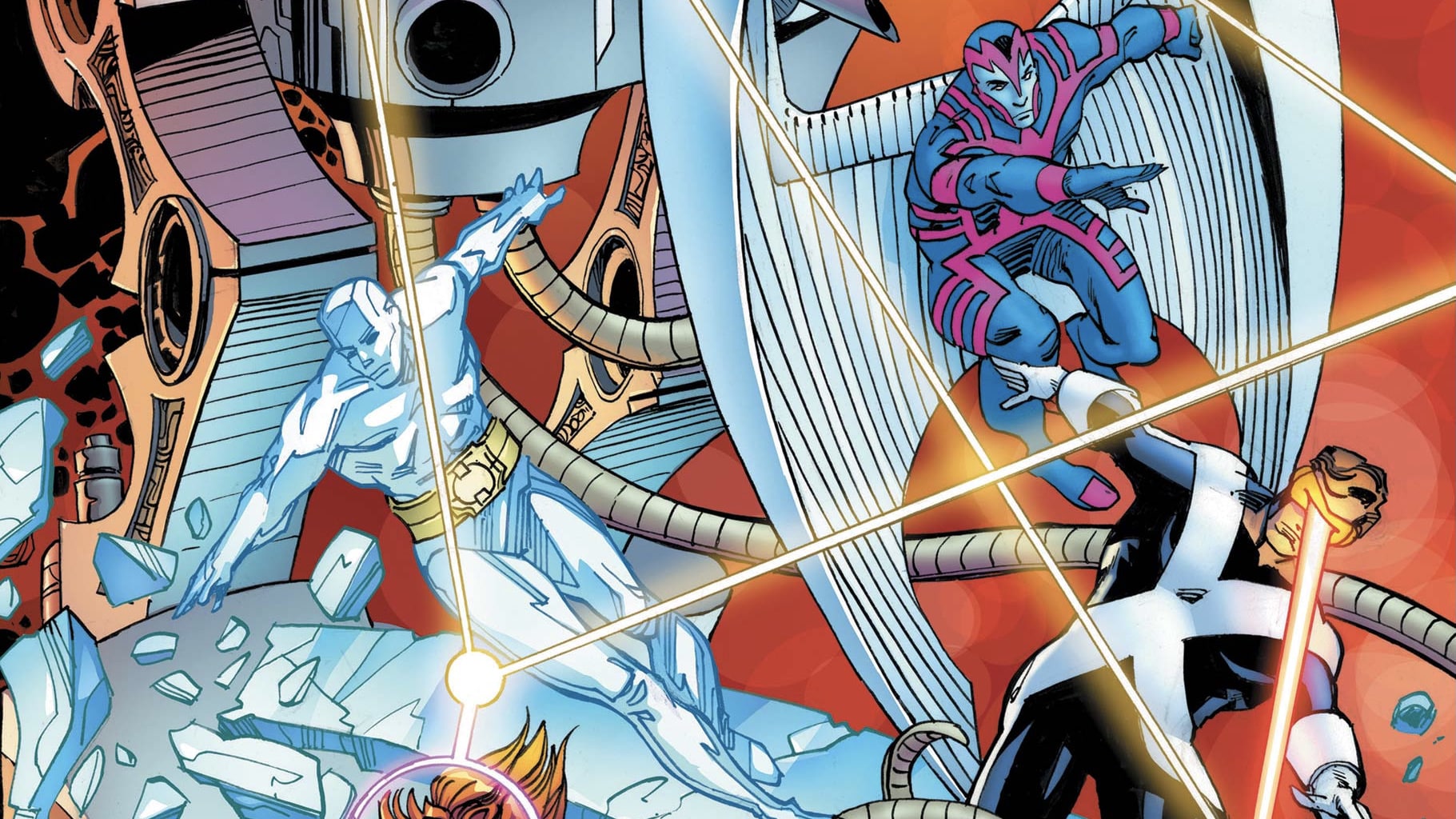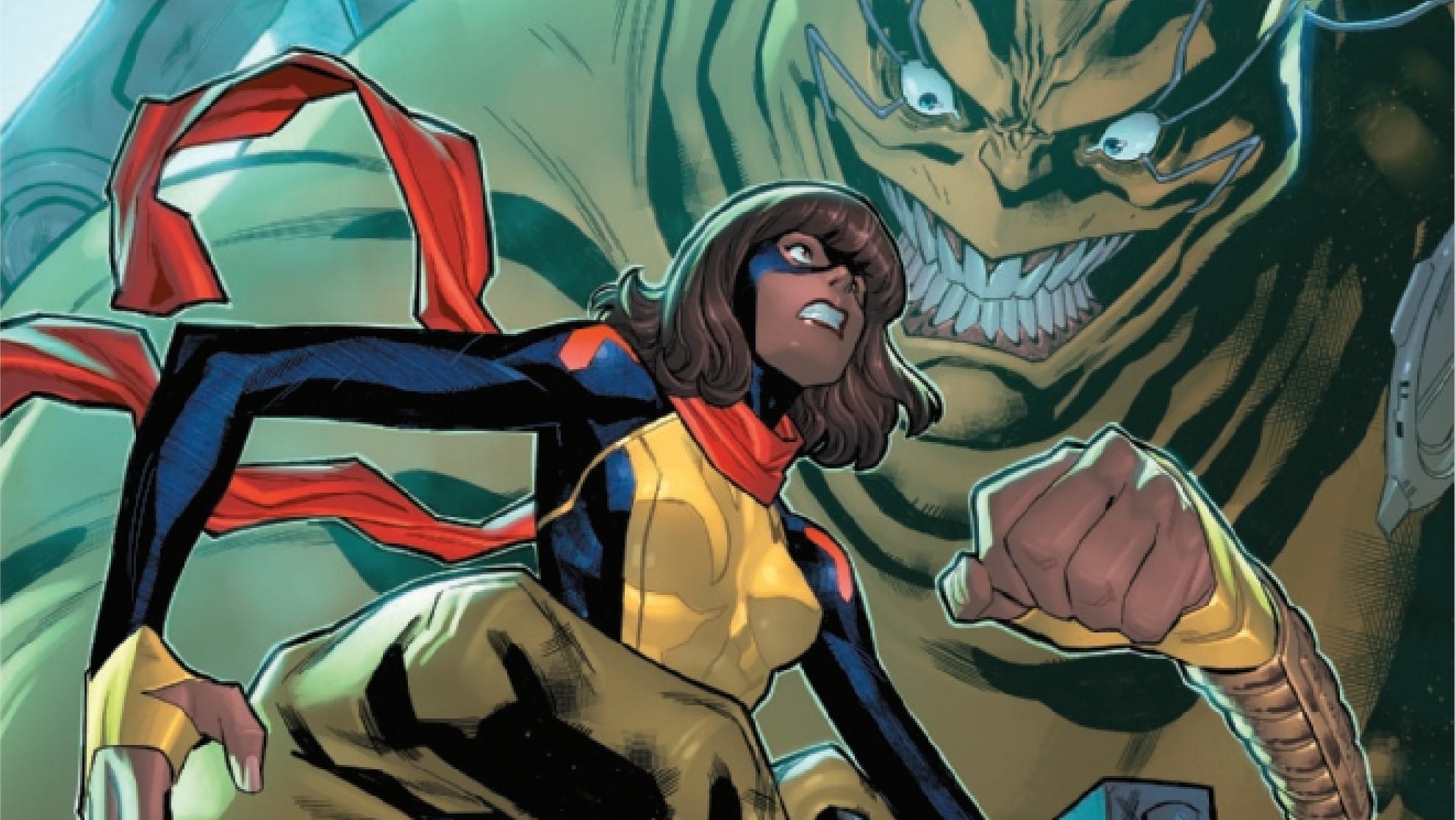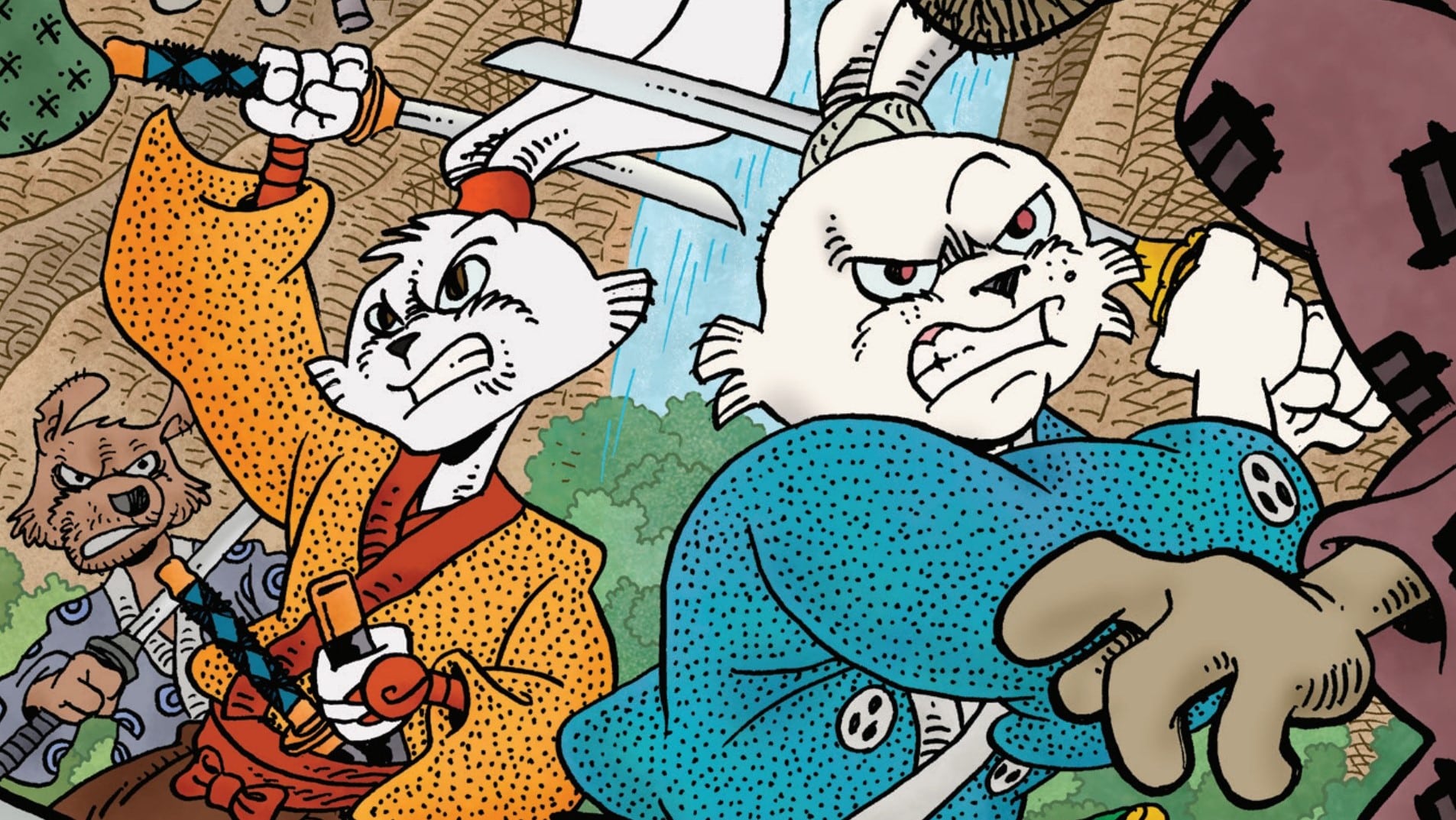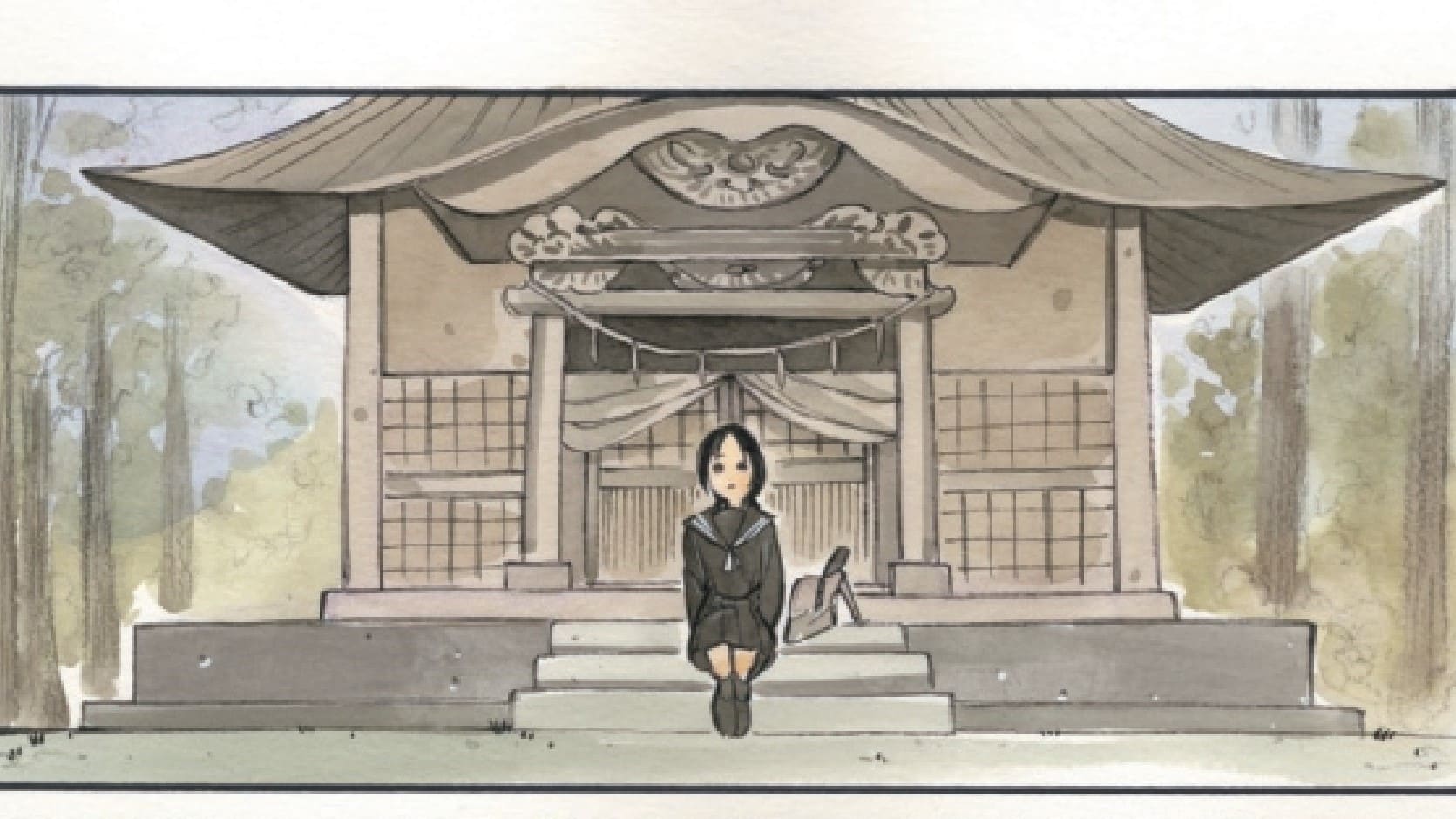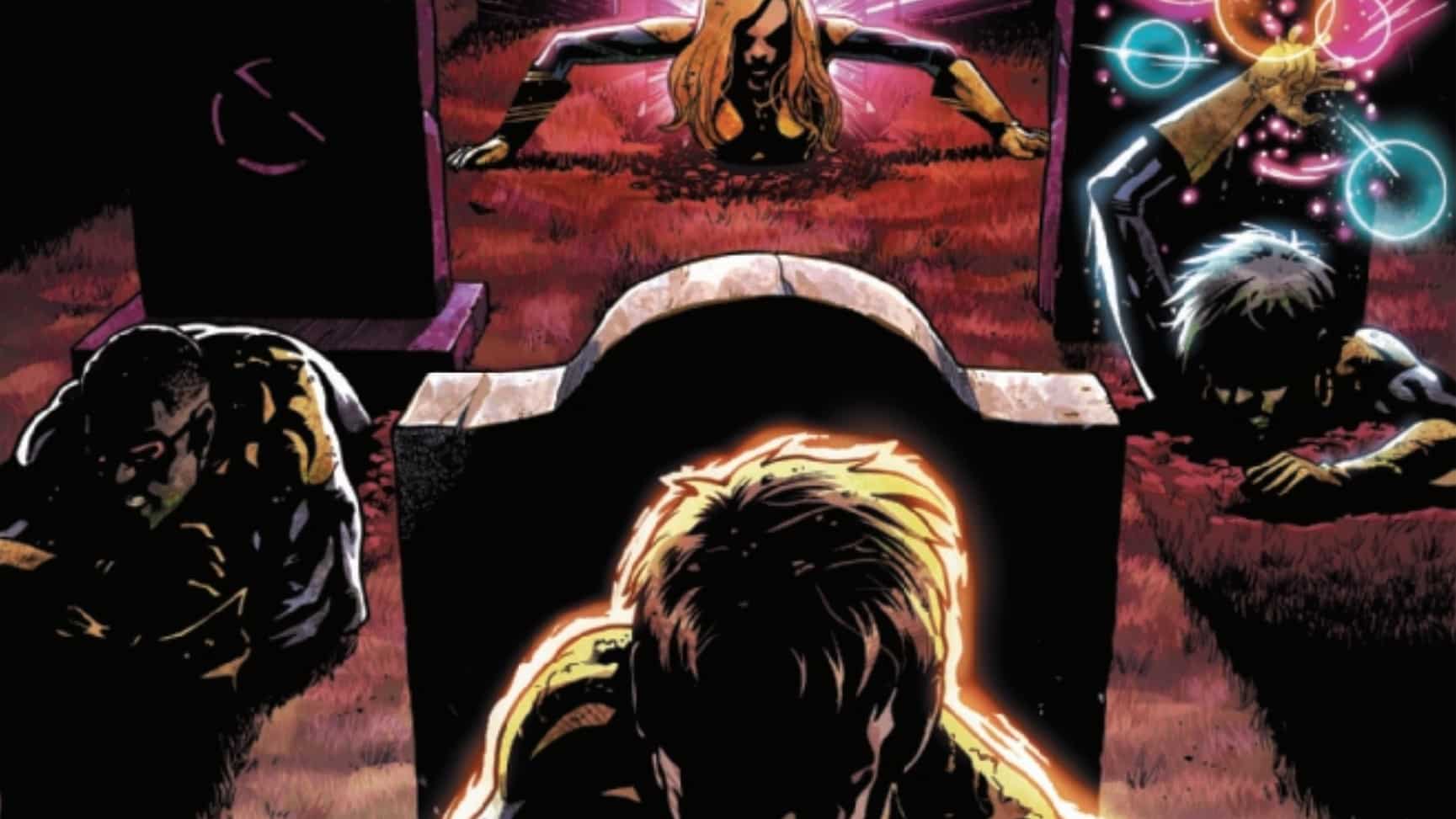Weezie and Walt wrap-up their flashback story with a Cameron Hodge showdown in X-Men Legends #4 written by Louise Simonson, art by Walt Simonson, colored by Laura Martin, and lettered by John Workman
The conclusion to Louise and Walt Simonson’s retro tale of the original X-Factor, this issue does many of the same things that the first chapter did so well: it exists comfortably in its time period, with the characters looking and sounding like they did roughly at the time the story is meant to take place. The art is big and bold and over-the-top, filled with splash pages but also plenty of movement and clever layouts. It is careful to reveal some heretofore unknown information without upending the entire apple cart of continuity (more on that below). But it also improves on the previous issue in one specific way.
Both chapters of this story are action-heavy, a choice which both fits the retro feel of the narrative and lets Walt cut loose and have some fun. But whereas most of the action in the first issue was derived from X-Factor battling the fairly generic mechanisms of an out-of-control Ship, here they are pulled into combat with the revived Cameron Hodge (kept alive, remember, due to his “Inferno”-era deal with the demon N’astirh and pressed into service inside a new robotic body last issue by Apocalypse). And while the action itself doesn’t differ too much in the way Walt depicts it — there’s lots of powers-meet-robotic-tendrils material, lots of “oh no, this weapon is designed to repel my power!” sequences, etc. — Louise shakes things up by writing the majority of the battle from Hodge’s point of view. As a result, it lends a unique perspective on the proceedings, with Hodge’s unvarnished thoughts on (and hatred towards) his former co-workers peppering the action as he attempts to take them all out, his glee at his near-successes and rage at his ultimate failures showcasing the flipside of superhero action.
What’s more, Weezie [Ed. Note: That’s Louise Simonson for those not in the know] builds into the story the fact that X-Factor doesn’t *know* they’re battling Hodge (this is due to the fact, in-universe, that Apocalypse is obscuring Hodge’s identity from and ability to communicate with X-Factor for various Apocalypse reasons and, in the real world, because X-Factor can’t know Hodge is alive before that’s revealed to them later, in “X-Tinction Agenda”). This results in a running internal monologue from Hodge in which he is desperate for X-Factor — especially his former best friend, Archangel — to realize they are fighting him, Cameron Hodge, their greatest archenemy (surely), and not just some generic robot sent by Apocalypse. And if anyone wants to read more into the fact that Hodge’s hatred of mutants stems from his best friend turning out to be a mutant and then ditching him to go off and hang out with other, cooler, mutant friends, then this issue adds some fuel to that fire thanks to Hodge’s burning desire for Archangel to notice him here.
The fact that, in the end, X-Factor walks away thinking “gee whiz, that sure was a tough robot Apocalypse sent after us, and definitely not the cybernetic corpse of that mutant-hating dimwit we never should have employed in the first place” isn’t just hilarious. It also adds some stakes to the entire conflict: readers know X-Factor will survive the fight (because it’s comics, and also, they’re due to appear in X-Factor #43 after this issue ends) but there’s still a chance that Hodge could achieve the minor victory of at least being credited with the (ultimately foiled) attack. In defeating both Hodge’s physical assault and denying him the pleasure of a villainous reveal, X-Factor essentially win twice over, thereby giving the victory a little extra texture.
Another difference between this issue and the previous one is the way Weezie takes advantage of the story’s “flashback” nature to play around with continuity a bit more. She uses the opportunity, for example, to flesh out Apocalypse’s motivations for letting X-Factor squat in Ship, having him explain to Caliban that he’s essentially positioning them to serve as representatives of mutantkind when the Celestials return to reclaim Ship and judge Earth. Apocalypse also clarifies that he set Hodge against X-Factor (and allows him to target mutants in general) as part of his overall push to make mutantkind stronger and thus more worthy of Celestial salvation — while also gently nudging Hodge in the direction of Genosha. Similarly, Weezie makes it more clear exactly where this story fits, continuity-wise by concluding the issue, somewhat abruptly, with a single-page info dump about the Celestials meant to lead into “Judgement War”, the story which immediately follows this one chronologically. Yet while all the talk of Celestials, beings who typically don’t have much to do with the X-Men, risks taking things too far afield, by setting this story just before “Judgement War”, Weezie smartly avoids making it too disruptive.
Ultimately though, it’s the Hodge of it all that sets this issue apart, creating a fun and rewarding conclusion to the story by featuring something the previous issue, for all its strengths, lacked: a sense of perspective and personality behind the well-drawn action. These sorts of stories are tricky things to pull off; rarely do they work as well as they do here. But Weezie and Walt ultimately get it done, by crafting a story that is entertaining on modern terms but of a piece with the time and style it is meant to replicate, one which carefully adds to the series’ past to avoid mucking it up, and which reminds you why you liked these characters (and these creators) in the first place.
Austin Gorton also reviews older issues of X-Men at the Real Gentlemen of Leisure website, co-hosts the A Very Special episode podcast, and likes Star Wars. He lives outside Minneapolis, where sometimes, it is not cold. Follow him @austingorton.bsky.social.

